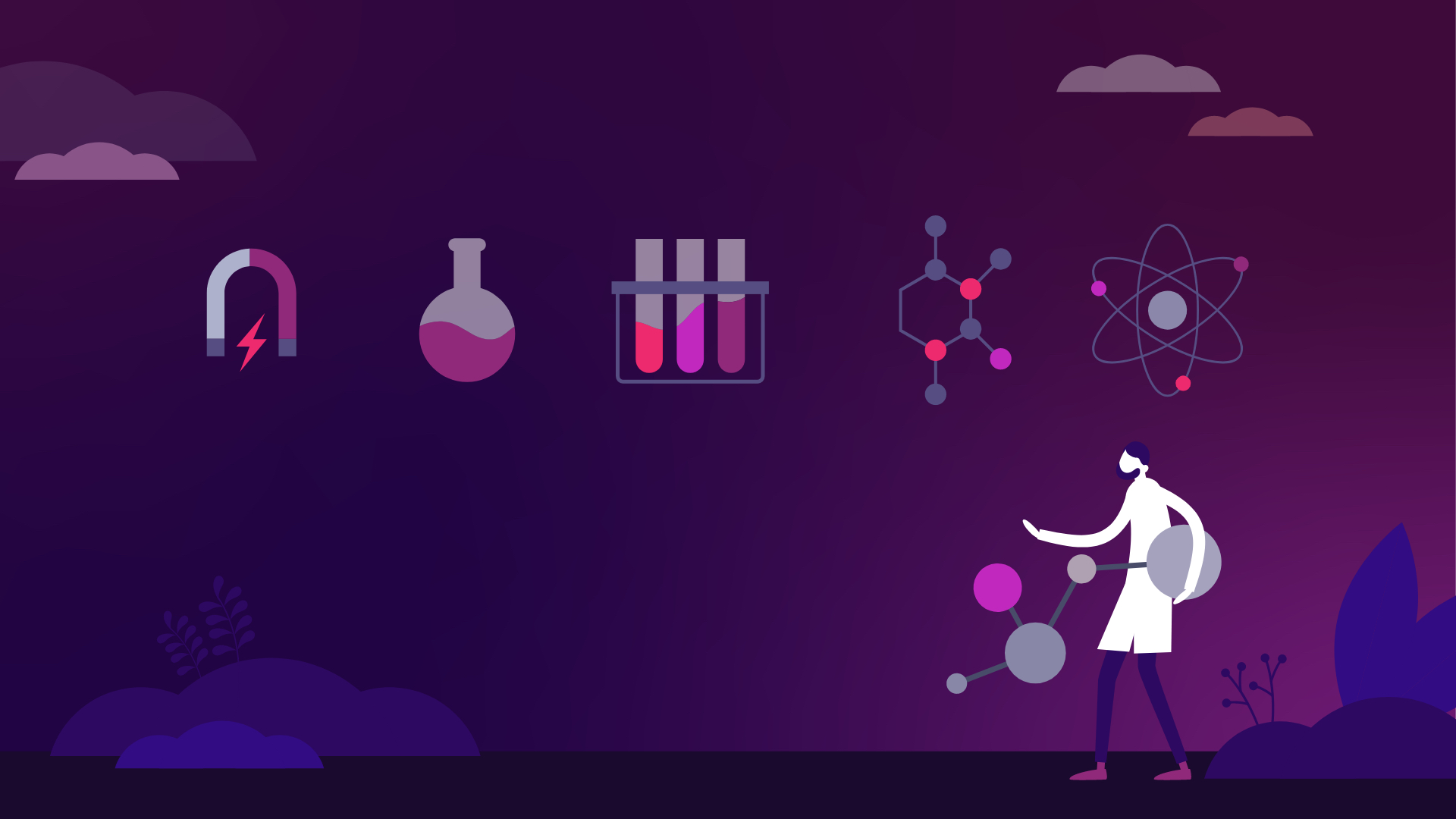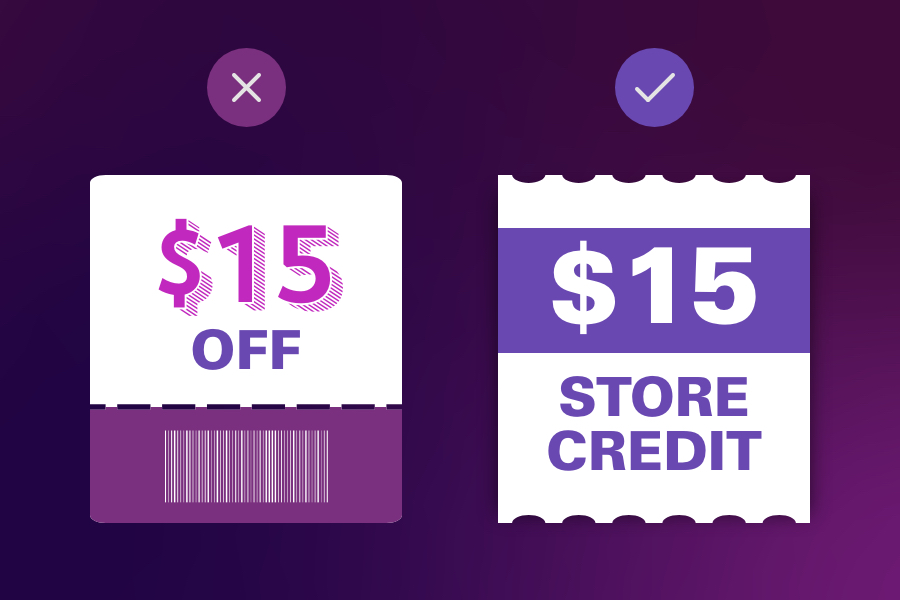
An effective marketing message can be the difference between getting a new customer and being ignored. Wouldn’t it be great if there were proven ways to improve your marketing message? Luckily, behavioral scientists have done most of the difficult work for us. We now know what makes an effective marketing message and how it works within the mind through generations of studies.
Method 1: The Endowment Effect
It may not shock you to learn that people instinctively put more value on what they already possess. We refer to this as “The Endowment Effect.” So, how can you use this information to help your marketing? We can best illustrate this by considering the difference between saying “we are taking $15 off of a purchase” and “giving you a $15 credit to spend”.
The only physical difference between the two is semantics. However, science tells us that humans are more likely to use a $15 credit because they see it as something in their possession. So, the tip to take away is that marketers should remind customers what they own and encourage them to engage with your product or service. A simple shift that helps you improve your marketing message!

Method 2: The Motivating Uncertainty Effect
Something that you may find surprising is that uncertain rewards are attractive to humans. While the prospect of knowing a certain outcome is not necessarily a deterrent, the idea of randomized outcomes is considered by many to be more enticing. Scientists call this principle” The Motivating Uncertainty Effect.”
This teaches us that people will invest more time and money to pursue an uncertain outcome than a certain reward of a higher expected value. How can you use this to improve your marketing message? Marketers use this knowledge to place focus on the process of reward pursuit to generate positive experiences, such as offering the chance at a potential bonus or reward.

Method 3: The Scarcity Principle
Exclusivity is an alluring concept to potential clients and customers. On the one hand, people love the idea of having something that others don’t have. And on the other hand, a dwindling supply increases the demand for the product. That is because people feel they might not have another opportunity.
Behavioral scientists have coined this “The Scarcity Principle.” From it, we know that having a limited quantity or availability encourages more engagement in your product or service. Marketers can create artificial scarcity to generate demand for what they are trying to sell. This is a very effective way to improve your marketing message.

Method 4: The Rhyme as Reason Bias
During our formative years, humans often learn lessons and stories through nursery rhymes. This is because the human brain naturally retains information that rhymes. Furthermore, your brain more easily accepts this information as factual than the same information without a rhyme. Scientists refer to this as “Rhyme as Reason Bias.” This phenomenon should encourage marketers to utilize more creative copy (where appropriate) that rhymes in their marketing. A fun – and effective! – way to improve your marketing message.

Method 5: The Reason Why
Behavioral scientists have also deduced that humans are more likely to engage with a product or service if they are explicitly given a reason. Often, marketers are too subtle. They imply the reason(s) people should purchase their product or service, but forget to really sell it. The data shows that this could be a mistake. The human brain is more accepting of something after the word “because.” So, effective marketing should always directly address a Reason Why what they are selling is beneficial to the prospective client.

Method 6: Social Proof Effect
The Social Proof Effect relies on the psychological principle that people tend to mimic the behaviors of others, particularly in situations of uncertainty. When making purchasing decisions, consumers look for cues from other buyers to validate their choices. Marketers can utilize this effect by incorporating elements of social proof, such as customer reviews, testimonials, case studies, or user statistics, into their messaging. Phrases like “Trusted by 10,000+ happy customers” or “As seen on…” create a sense of legitimacy and trustworthiness.
Additionally, endorsements from influencers or experts in the field can further enhance credibility. Visual representations of social proof, such as product ratings or user-generated content, can also create a more authentic connection with potential customers. Ultimately, social proof lowers the perceived risk of a purchase by showing that others have already benefited from the product or service, leading to higher engagement, trust, and conversions.

Method 7: Loss Aversion
Loss Aversion, a concept in behavioral economics, capitalizes on the idea that people prefer to avoid losses rather than acquire equivalent gains. This principle suggests that individuals are more motivated by the fear of losing something than by the prospect of gaining something of equal value. Marketers can use this concept by framing offers and messaging in a way that emphasizes potential losses rather than gains.
For example, limited-time offers, countdown timers, or phrases like “Don’t miss out!” evoke a sense of urgency, making customers feel they might lose a valuable opportunity if they don’t act immediately. Similarly, using phrases like “Last chance to save” or “Only a few left in stock” enhances the pressure to make a decision quickly. By emphasizing the potential loss, marketers can drive customers to take action, as the fear of missing out (FOMO) becomes a powerful motivator in purchasing decisions.

Conclusion
They say, “You only get one chance to make a first impression”. This rings true in all aspects of life, and marketing is no exception to the rule. With so many distractions fighting for their attention, it is unlikely that potential clients will give you another look if they have not been hooked on the first impression. So, make it count! Use any or all of these methods to improve your marketing message.
Did you like this article? Consider subscribing. We share more marketing tips like this in our monthly newsletter. We don’t spam, pinky promise.
If you need help improving your marketing message, our creative team can help! Reach out.
As a franchise marketing agency, Bright Pink Agency partners with franchisors and franchisees throughout North America. We support our clients by helping them define their message and craft compelling stories, enabling them to pursue their purpose and achieve success.
Start your journey towards a winning strategy—schedule a call with our head of strategy today!

